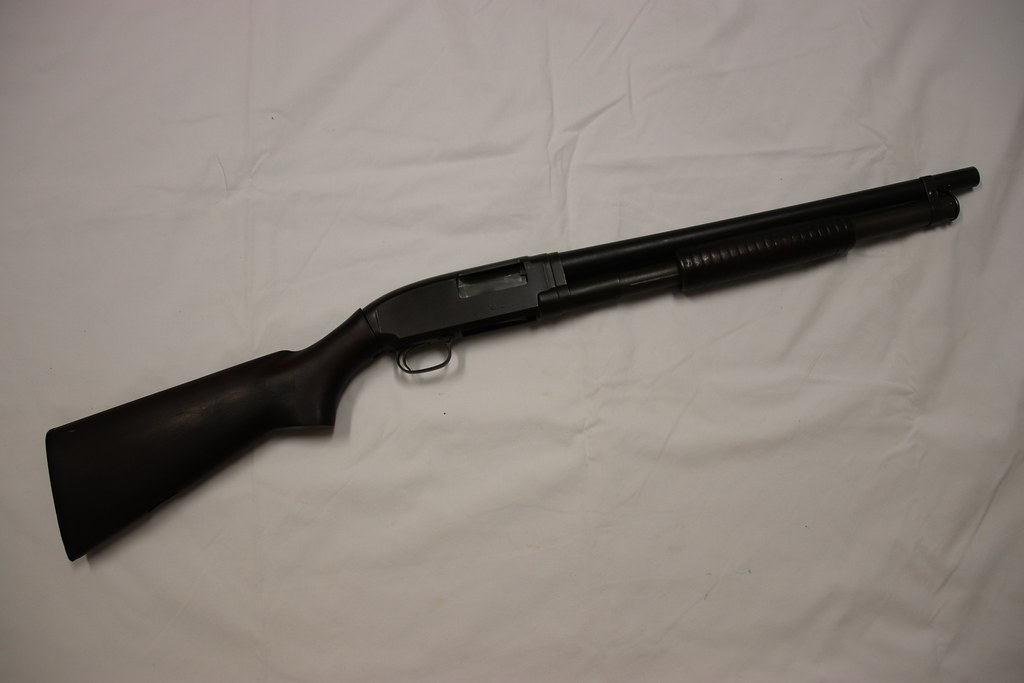
From the smoky battlefields of yesteryear to the precision-driven hunting fields of today, the shotgun remains an icon of versatility and power.

Its evolution is a tapestry woven with the threads of innovation, war, and sport, a narrative that captures the imagination of military tech aficionados, history buffs, and hunting enthusiasts alike.

The venerable shotgun, with a lineage dating back to the 1500s, began its journey as a primitive firearm used on the high seas.

These early “hail shot guns” boasted rectangular bores, belching out cube-shaped iron dice shot to repel boarders—a far cry from the streamlined weaponry of today.

It was in the 17th century when long fowlers, with their elongated barrels designed for waterfowl, made a splash among Dutch settlers in New York, exemplifying early American ingenuity and firepower.

The pursuit of fowling, a pastime for the aristocracy in England, has long been associated with the shotgun’s more genteel heritage. Henry VIII, a figure as imposing in history as the firepower of the weapons he favored, was known to hunt with these multiple shot firearms.

Yet, it wasn’t until the 19th century, with the application of percussion ignition and the introduction of the hinged breech, that the shotgun truly came into its own.

A milestone moment was marked by “Uncle Dan” Lefever, an American gunmaker who, in 1878, unveiled the first hammerless shotgun—revolutionary for its side cocking lever.

This innovation propelled the shotgun into its golden age in America, a period stretching from 1880 to 1930, during which companies like Parker Brothers and A.J. Aubrey crafted firearms that were as reliable as they were accessible to the masses.

Warfare, as it often does, catalyzed the shotgun’s development. The American Civil War saw cavalry units on both sides employ shotguns for their devastating close-range effectiveness.

Post-war, lawmen and guards of the Wild West further solidified the shotgun’s status as a symbol of American grit and resolve. John Moses Browning, a name that resonates with reverence among firearm connoisseurs, contributed indelibly to the shotgun’s legacy with his 1887 lever-action repeating design sold to Winchester.

Later, Browning would also introduce the world to the first successful pump-action and semi-automatic shotguns, further cementing the weapon’s place in history.

Throughout the 20th century, the shotgun’s role in combat was undeniable.

World War I trenches were swept clean by the short-barreled “trench gun,” while World War II saw pump-action shotguns accompany U.S. Marines across the Pacific.

Even the Vietnam War bore witness to the shotgun’s adaptability, with SEALs using modified “duckbill” chokes for a wider buckshot spread.
Relevant articles:
– Shotgun History: From the 1500s to Today, Field & Stream
– History of the Shotgun for Upland Hunting, filson.com
– History Detectives, PBS
– Origins of the Shotgun, Liberty Safe

